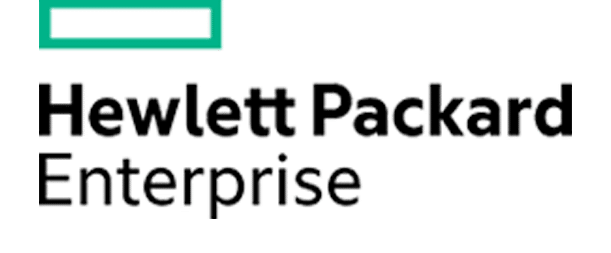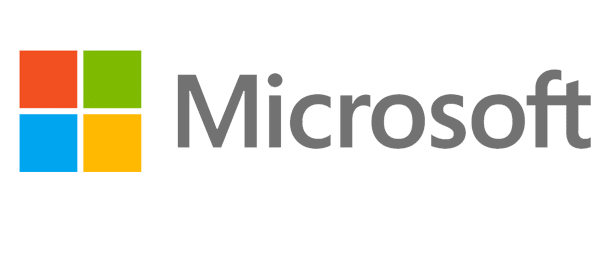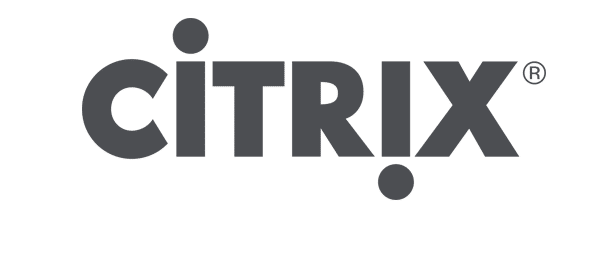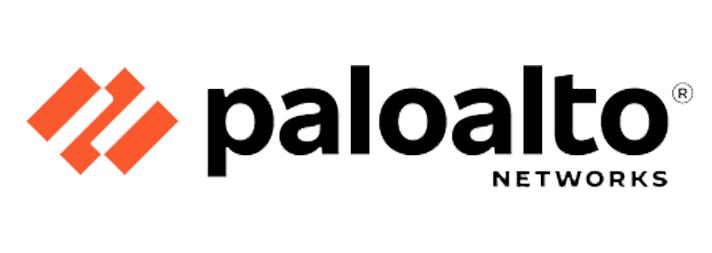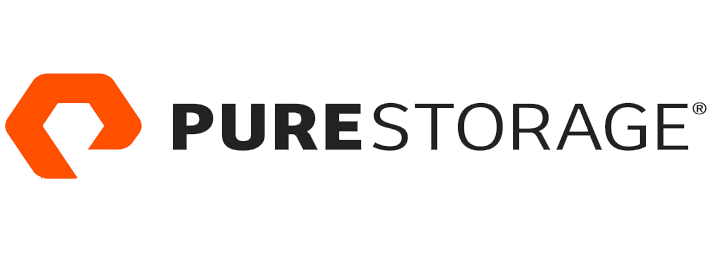Whitepaper: Disaster Recovery Best Practices
We are in a digital age, and with its benefits there are also challenges. Security breaches, data loss, data corruption, weather-related incidents and acts of terrorism plague nearly every organization and industry.
Governments have instituted increasing numbers of controls to prevent and mitigate risks, in the form of regulations and audits such as SOX, FINRA, and PCI in the financial industry and HIPAA, HITECH and PCI in the medical industry. Organizations are required to comply with these and other government mandates, to protect the privacy of their customers and patients.

The introduction of electronic medical records (EMR’s) improves access and sharing of medical information, the quality of patient care, and lowers costs through efficiency gains. But these advantages create additional responsibilities to manage and protect Protected Health Information (PHI), against theft, loss or disruption.
The following guidelines represent industry best practices for disaster mitigation and recovery. These guidelines are equally relevant to financial, healthcare, and other organizations.
Author: Bill Flatley, Field CTO for Healthcare
Bill is responsible for technical strategies and recommendations for Comport’s Healthcare clients. His extensive experience includes four healthcare systems in leadership roles supporting Clinical Applications, Digital Health, and Office of the CIO as the primary liaison between IT and the business.

